"There was no conscription at the beginning of the Second World War,” Mary recalls her late father, Henry Bellegarde, explaining to her. But he decided to volunteer for one main reason: his daughter’s future.
“This is the best country in the world for a little girl to grow up in,” he would say.
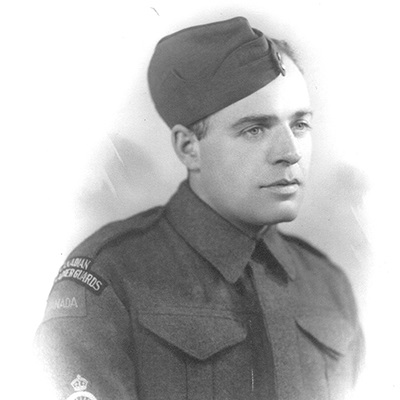
Journey to England
Henry, whose family was originally from France, resided in Quebec’s Eastern Townships area. He followed the course of the war with avid interest and decided that by joining the army, he would be contributing to the freedom of Canada. Along with Henry, many young people were signing up to serve, including seven brothers, who enlisted at different times during the war.
At 35, Henry was considerably older than most young men who signed up. He feared he might not get in, so he lied about his age, declaring he was in his 20s. He joined the Canadian Grenadier Guards in Montreal and was assigned to Debert, N.S., for training.
While on assignment in Halifax, Henry’s commanding officer asked him to drive some women to the mess hall one Saturday evening to prepare for a social event. When he arrived, he noticed one of the women walking down the steps, her long hair bouncing off her shoulders. He was responsible to bring her home, so they engaged in conversation and became acquainted. He later noticed her at the church doorstep the following Sunday, and they walked inside and took their seats together.
Henry and the love of his life, Geraldine, were married six weeks later. Their daughter and only child, Mary, was born after the war.
In the meantime, the Canadian Grenadier Guards embarked on their journey to England in 1941.
Our Army at War
Henry first discovered The Salvation Army at work during his initial days stationed in London, England, during the Blitz, the German bombing campaign aimed at the capital.
“The Salvation Army could be seen on every street corner,” Mary’s father told her.
“Everywhere he looked,” Mary says, recalling his memories, “Salvation Army volunteers could be seen on horse-drawn carts, bringing food and supplies for the soldiers. They served biscuits and flasks of tea, and handed out blankets.”
The Road to Victory
The Canadian Grenadier Guards, of which Henry was a part, served in England, France, Belgium and the Netherlands, carving out an honourable record.
Henry was among the troops who landed on the beaches of Normandy after D-Day, the Allied invasion of France. The soldiers waited many hours on board a landing craft before they disembarked. Henry referred to the craft as a “tin can” because it was tossed around in the strong waves, resulting in many soldiers becoming seasick. One of his most difficult moments was witnessing his comrades who had landed before him in the first wave, dead and dying all along the beach.
After fighting their way across France and Belgium, Henry was among the troops when Holland was liberated and victory was declared. Mary has a photo of her father standing beside his tank, a Sherman Firefly. In the photo is a young man who he and his unit helped liberate, standing beside Henry wearing the traditional wooden Dutch shoes.
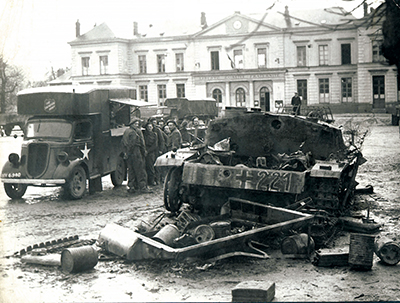
“They Were Everywhere”
Following the war, after serving more than five years, Mary’s father returned to Canada and settled in Dartmouth, N.S.
There weren’t many lodging dwellings for military personnel following the war, so Henry decided to build two apartment houses, to be used as rental properties.
Henry succumbed to his wartime injuries at the age of 60. He had shrapnel embedded in his hip, which caused pain and, eventually, cancer. His wife, Geraldine, lived to the age of 95.
Mary opened a retail store in Dartmouth after she married. Each Remembrance Day, she placed her father’s beret and a photo in the window as a tribute to him.
One day, a young man walked by her store. Noticing the photo, he entered and expressed his gratitude to Mary.
“He recognized that the photo had been taken in Holland as he was an immigrant from there,” Mary recalls. “He shook my hand and told me he knew and understood the sentiment, since his family had been one of those liberated. That actually made me cry.”
From the time he returned from the war until his death, Henry always donated to The Salvation Army. Recognizing all the work and dedication he had seen during the war had had an impact.
“They were everywhere—Christ’s soldiers were everywhere,” Henry told his daughter again and again.
“He believed in the mission,” says Mary.
This story is from:

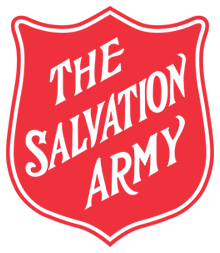
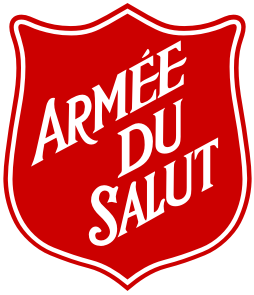

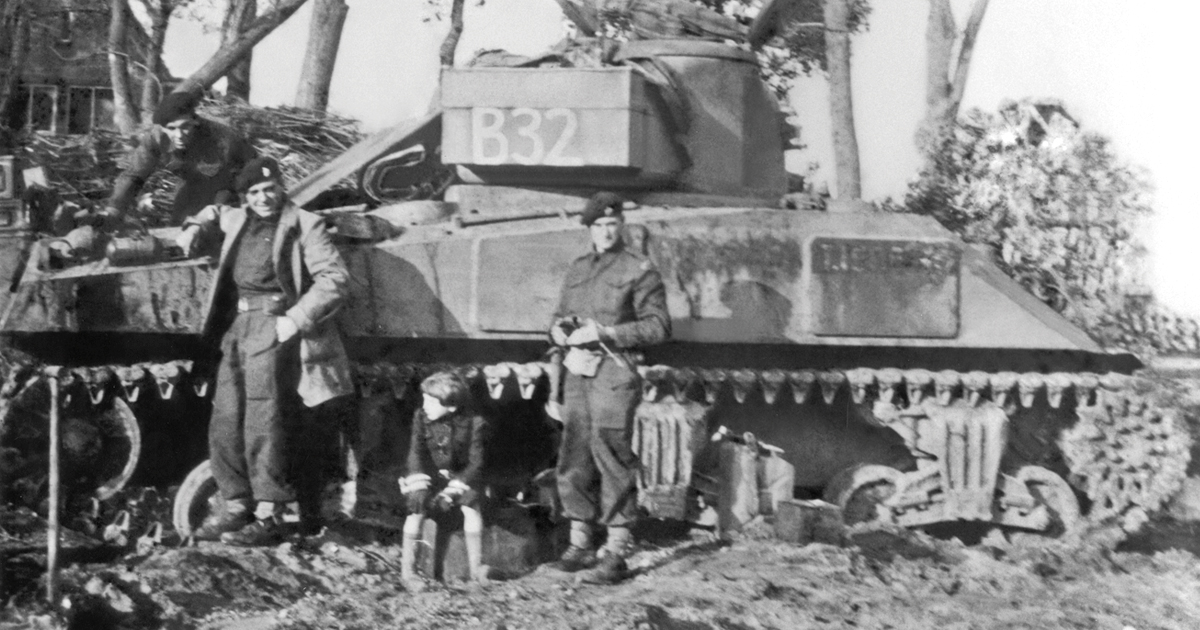

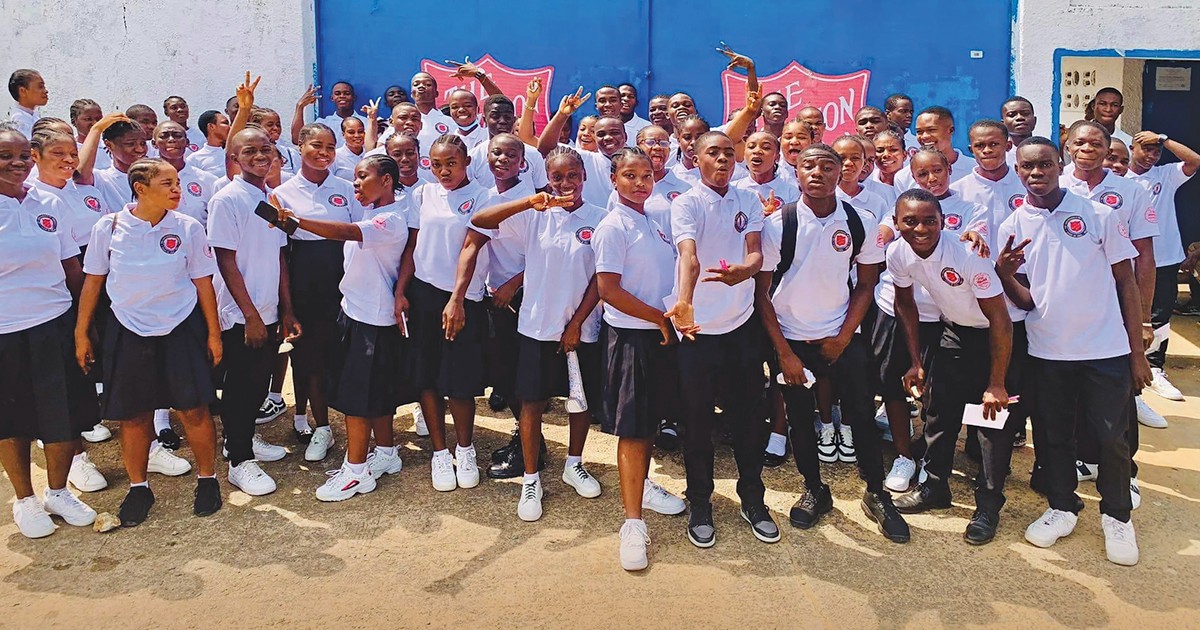
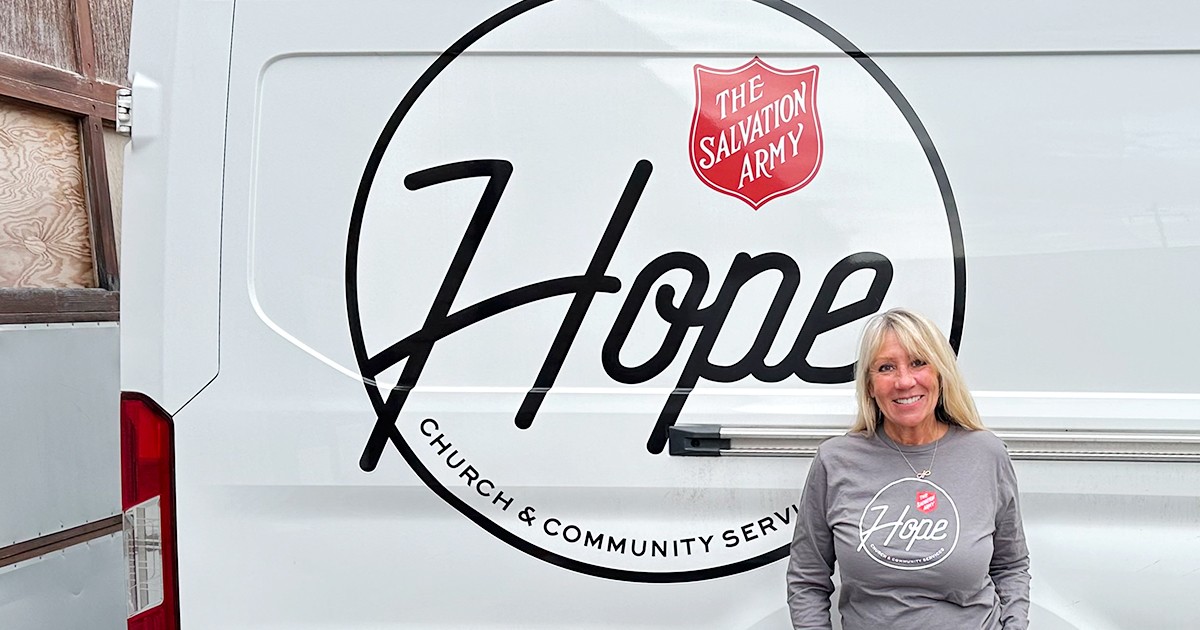


Leave a Comment